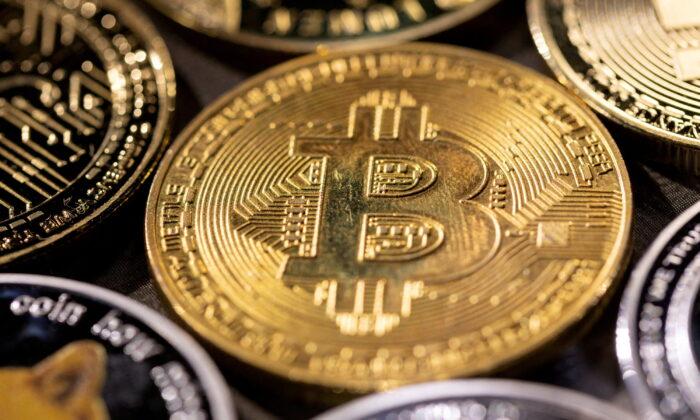After making a significant investment in Bitcoin last year, Tesla Motors sold 75 percent of its holdings in the second quarter, the company confirmed on July 20.
The latest decision was made in response to the growing uncertainties surrounding China’s lockdowns amid COVID-19 outbreaks, says CEO Elon Musk.

He added that the company hadn’t sold any of its Dogecoin positions.
Bitcoin prices fell 0.94 percent, to $23,008, on July 21, while Dogecoin declined 1.51 percent, to $0.0691.
The cryptocurrency market has recently enjoyed a relief rally, buoyed by investors optimistic that the Federal Reserve will adopt a less aggressive approach to interest rates at this month’s Federal Open Market Committee policy meeting. The central bank’s tightening efforts have applied exceptional pressure on risky assets, including cryptocurrencies.
Although Bitcoin has plunged 53 percent year to date, it has advanced nearly 9 percent over the last month.
“What was less encouraging in the Tesla report is the update regarding its Bitcoin holdings,” Ipek Ozkardeskaya, a senior analyst at Swissquote Bank, wrote in a morning note. “Tesla sold a big chunk of Bitcoin to add near a billion dollars to the company’s balance sheet. No wonder the news reversed the positive momentum and sent Bitcoin back below the [$23,000] mark yesterday.”
Tesla turned bullish on Bitcoin and accepted it as a payment method for its models.
However, after only a few months of this buying strategy, the company suspended vehicle purchases using Bitcoin over concerns “about rapidly increasing use of fossil fuels for Bitcoin mining and transactions, especially coal.” But Tesla reaffirmed its commitment to cryptocurrency.
Other Tesla 2nd Quarter Notes
Tesla revealed that it’s still contending with a plethora of supply-chain challenges due to the coronavirus pandemic. In addition to inflationary pressures, Tesla is dealing with shortages of car parts and semiconductor chips, resulting in its global vehicle inventory falling to three days’ worth of supply, down from four days in the first quarter.Musk warned that customers buying a car now would face a longer wait time, and they might not receive their orders until sometime next year.
“Production is resuming at limited levels, and we’re working to get back to full production as quickly as possible,” said Tesla CFO Zachary Kirkhorn. ”It seems likely that we’ll be able to produce one and a half million cars this year.”
On the subject of autonomous vehicles, Musk cautioned that developments in this sphere are taking longer than he had initially hoped.
“With respect to full-self driving, of any technology development I’ve ever been involved in, I’ve never really seen more kind of false dawns where it seems like we’re going to break through but we don’t,” Musk told analysts.
Despite these setbacks, the company topped market estimates in the period ended March 31. Tesla posted $18.76 billion in revenues, compared to the projected $17.80 billion. Earnings per share came in at $3.22, higher than the forecast of $2.26. It also reported an 87 percent year-over-year increase in automotive revenue, climbing to $16.86 billion. Automotive gross margins also hit an all-time high of 32.9 percent, helping Tesla enjoy a gross profit of $5.54 billion in this primary segment.
Tesla shares rose 9.78 percent on July 21 to $815. Year to date, the stock has dropped 33 percent.





